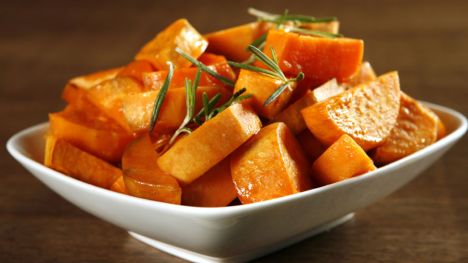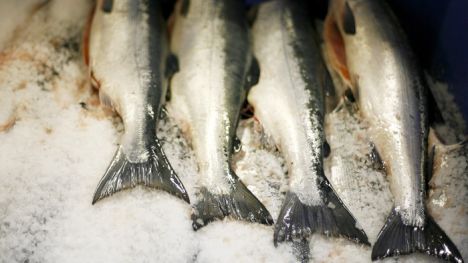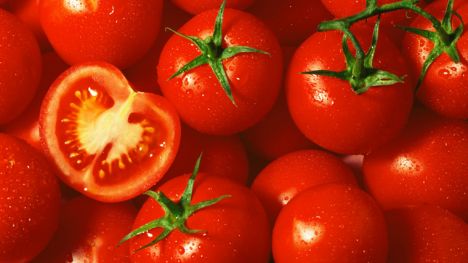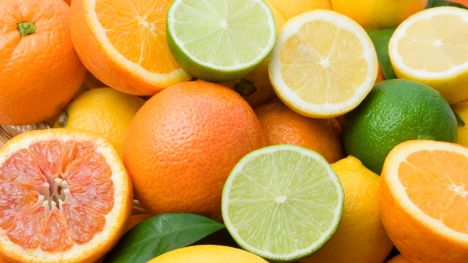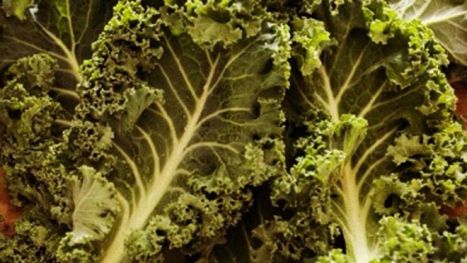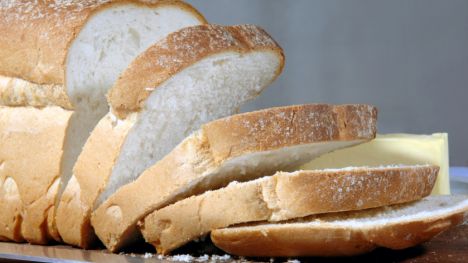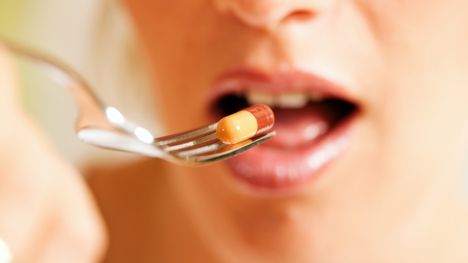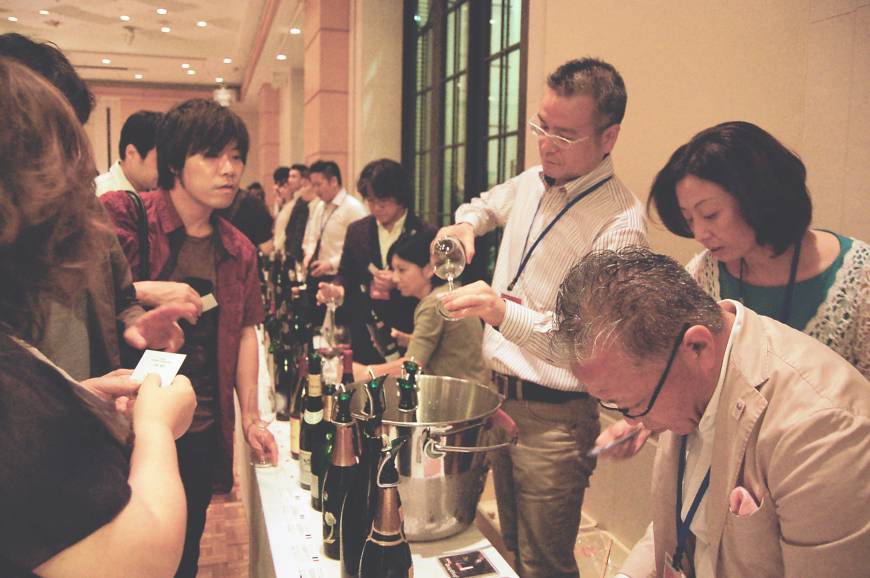In this blog, I’ll show you various Japanese foods and beverages containing ume that are currently popular, and I will also discuss recent trends in the industry.
The best way to see the latest trends in the food industry is to go to convenience stores in your neighborhood. In most cases, the stores’ hot-selling items are displayed at eye level on their shelves. Recently, I visited some convenience stores and checked the shelves of snacks, onigiri, and beverages. What I found were products containing ume, so I picked some of those top-selling items to study.

The above pictures are of items containing ume which are currently popular at convenience stores. So many ume items! Incredible, don’t you think? You’ll be surprised to know that these are only part of the vast array of ume-infused products. More surprisingly, these ume items are totally new in shape, texture, and taste. Why ume? Why now? Such heavy demand for ume items may indicate some changes in our preferences and trends. Let’s explore these items in more detail.

1) Strong impact from package design and taste
For instance, take a look at the photo, above left. You can’t help wondering about the letters on the packages. Why otoko (man)? Why not onna (woman) versions of the products? Like myself, most women would have something to say about it. But, well, the kanji characters “otoko ume” printed in such a thick and stern font remind me of tough guys…
After trying this candy, you’ll understand why the product name is Otoko ume. It’s not an onna (womanly) taste at all. The candy really tastes like authentic umeboshi, which is not sweet but intensely sour and salty. The strong flavor attracts mostly male consumers, some of whom always keep the candy in their offices. There is an old Japanese word, masurao, meaning “a strong, brave man.” I guess guys who get hooked on this Otoko ume candy may feel masurao – the ideal man – with its bold package design and taste which is unlike the most sweet candies.

2) New forms, new taste
The products in the picture, above left, are all unique. The one in the picture, top center, is a sheet-like umeboshi of less than one millimeter in thickness and less than one gram in weight. However, it tastes very much like umeboshi and looks like microfilm. In addition, ume products including umeboshi flavored nori sheets, hoshiume which look like seedless dried fruits, and umeboshi gummi candies, are popular because of their novelty in shape and texture. I guess these handy and tiny snacks are often consumed by those who quit smoking or are on a diet, as they probably want to put something in their mouth. So far, those kinds of products have mostly contained westernized supplementary nutritional ingredients including vitamin C, collagen, and calcium. However, those containing traditional Japanese ingredients like umeboshi have gradually become popular as well. Maybe it suggests that our health-oriented mindset is shifting somewhat from chemicals to organics, from Western to Eastern medicine.
Speaking of new textures, “Umeshiso gohan” in the picture, above right, is an advanced version of traditional ume onigiri. The new onigiri is made of a mixed rice containing umeboshi, pickled ume with a crunchy texture, and akajiso. It has a nice color. You feel something new in the combination of sour taste and crunchy texture.

My study has concluded that Japanese people think traditional Japanese flavors are cool. And it is amazing that umeboshi, one of Japan’s traditional ingredients, is now widely used in snacks. We always want to eat good healthy foods; that remains unchanged. However, I wonder if our interests are shifting in a new direction, to traditional Japanese ingredients. These days, various foods from all over the world are available to us and we can take every chance to taste them. However, the ones that best suit our tastes and energize our bodies are traditional Japanese foods. I suppose that based on that train of thought, we see umeboshi-flavored products being developed and becoming popular in convenience stores.
Due to a weaker yen, the streets of Asakusa now bustle with so many foreigners attracted to the keyword “Cool Japan.” When it comes to traditional Japanese food, people from other countries used to say “eww…” when eating nori and umeboshi 20 years ago. They said no to sour, salty umeboshi, as well as to black color foods. They wouldn’t even consider trying any of it. The dietary guidelines for Americans recommend that adults in general should consume no more than 6 g of salt(2,300 mg of sodium)per day. About two pieces of umeboshi contains this amount of salt.
I personally think that umeboshi is currently popular in Japan because the Japanese think it’s enough and no longer need Western-type supplements. Thus far, adding vitamins to food products such as soft drinks and jelly has enhanced them significantly. These days, ume and umeboshi, whose ingredients cannot be clearly indicated, have gained popular acceptance. Why? Maybe people have gotten tired of checking nutritional labels and have come to think Cool Japan is nice, too. Above all, the onigiri containing umeboshi, crunchy pickled ume, and hijiki, somehow tastes good even when you have little appetite. And then you feel better somehow. That’s why ume and umeboshi have attained popularity. I think when people are shopping at convenience stores, they used to rely primarily on proven nutrition information when selecting items but now tend to rely on their own five senses, and it’s nice to see it happen.
Manufacturers who marketed products with proven nutritional value found that the popularity of such products were temporary and saw a sharp decline in sales within a year. However, another line of products using ume and umeboshi has shown a steady increase in sales. If manufacturers see that ume products continue to show good performance without an expensive ad campaign, they may consider those products more cost-effective. At any rate, That’s a positive trend, isn’t it? Umeboshi is not expensive; high-end pieces cost around 200 yen, tops. Ume-infused products may help revitalize small and medium-sized Japanese businesses who make real umeboshi in local towns.
Reported by Yukari Aoike and Akiko Sugahara, Sugahara Institute
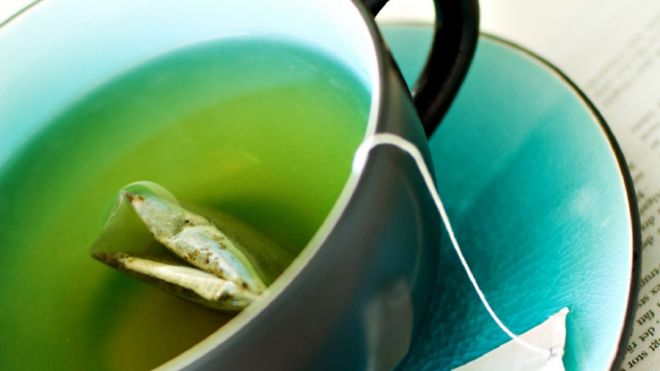

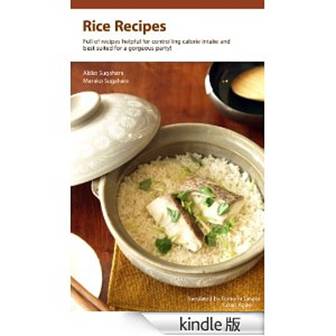
 Okra has many health benefits and medicinal use. Okra contains vitamins A and C and is a good source of iron and calcium. It also contains starch, fat, ash, thiamine and riboflavin.
Okra has many health benefits and medicinal use. Okra contains vitamins A and C and is a good source of iron and calcium. It also contains starch, fat, ash, thiamine and riboflavin.